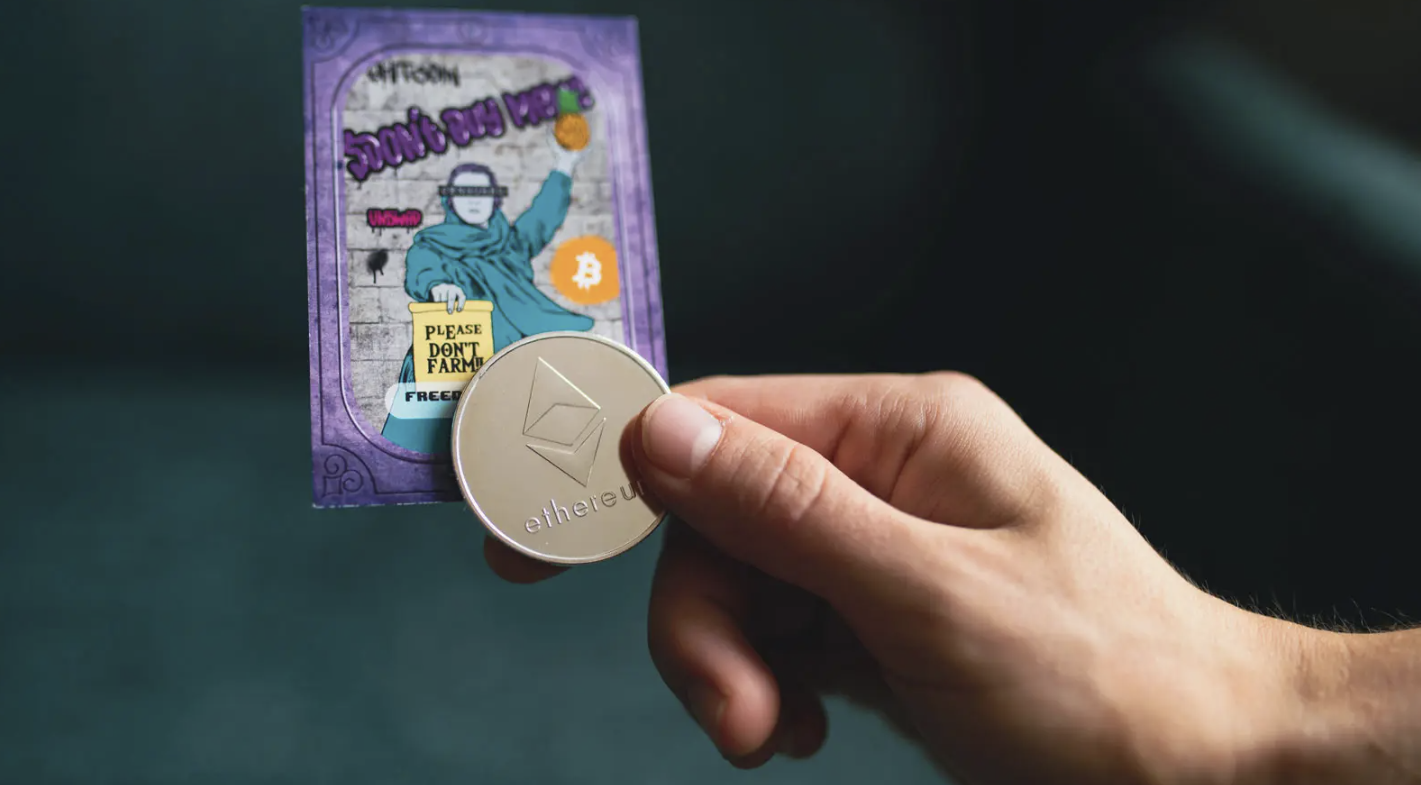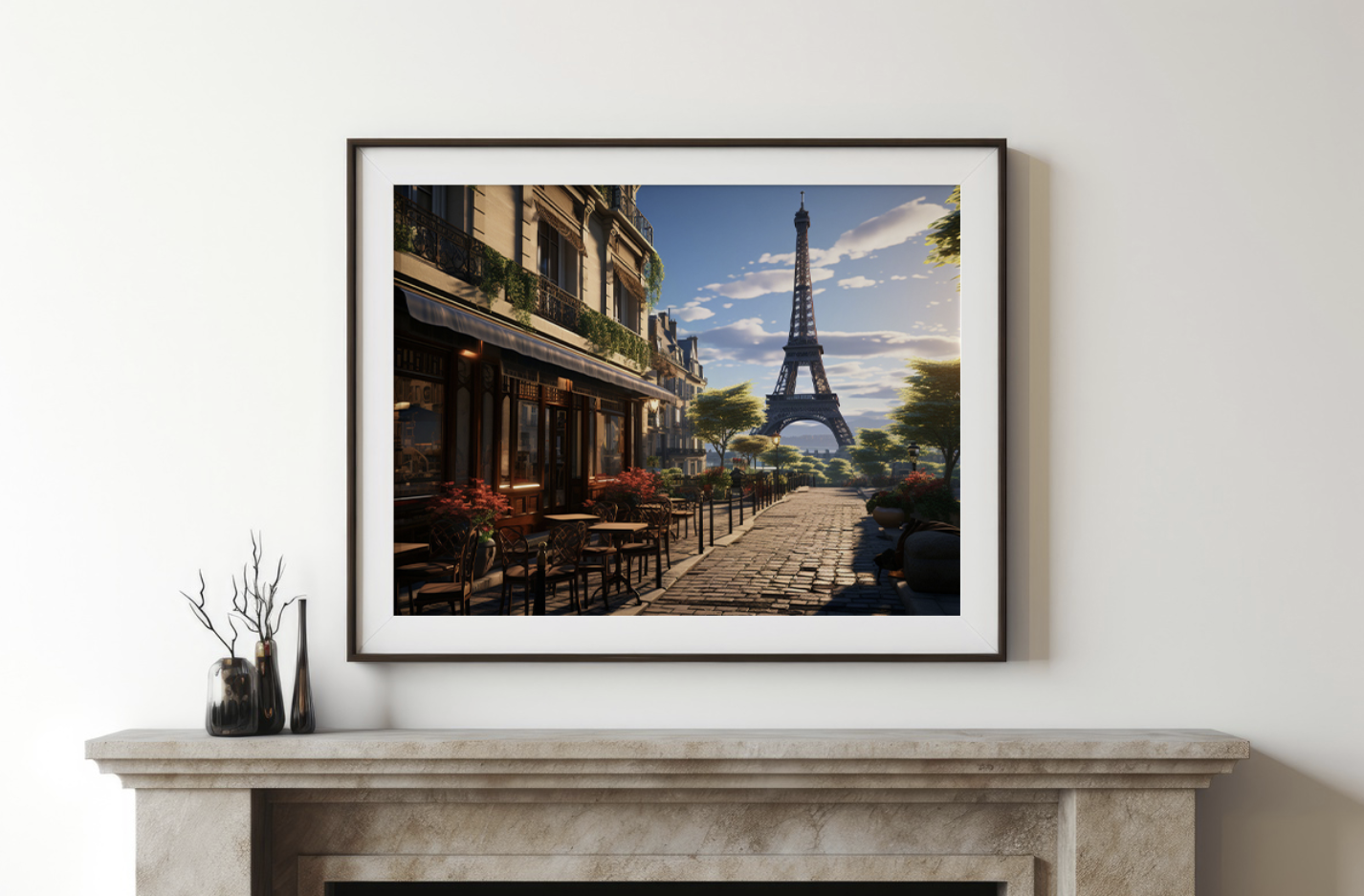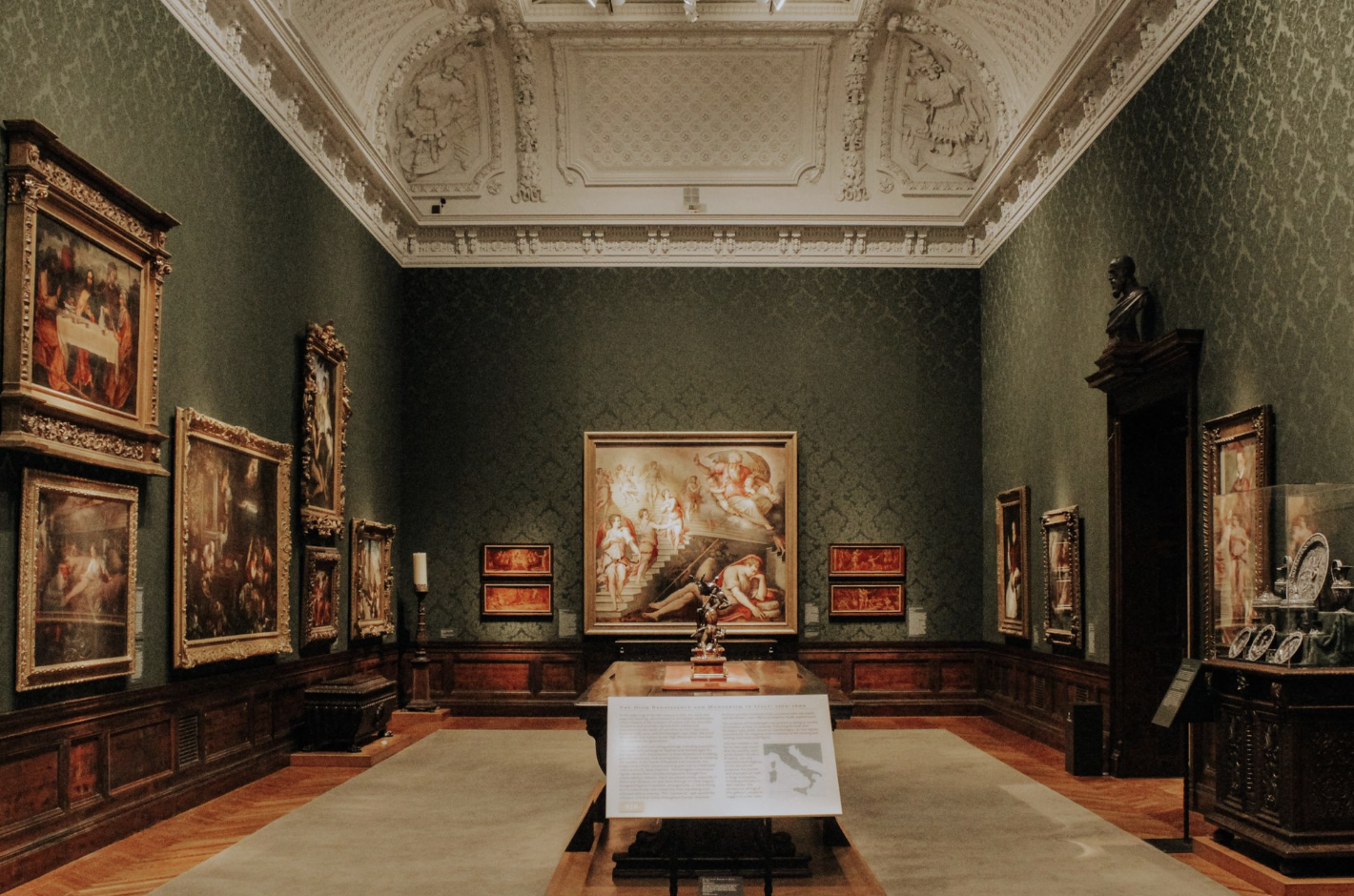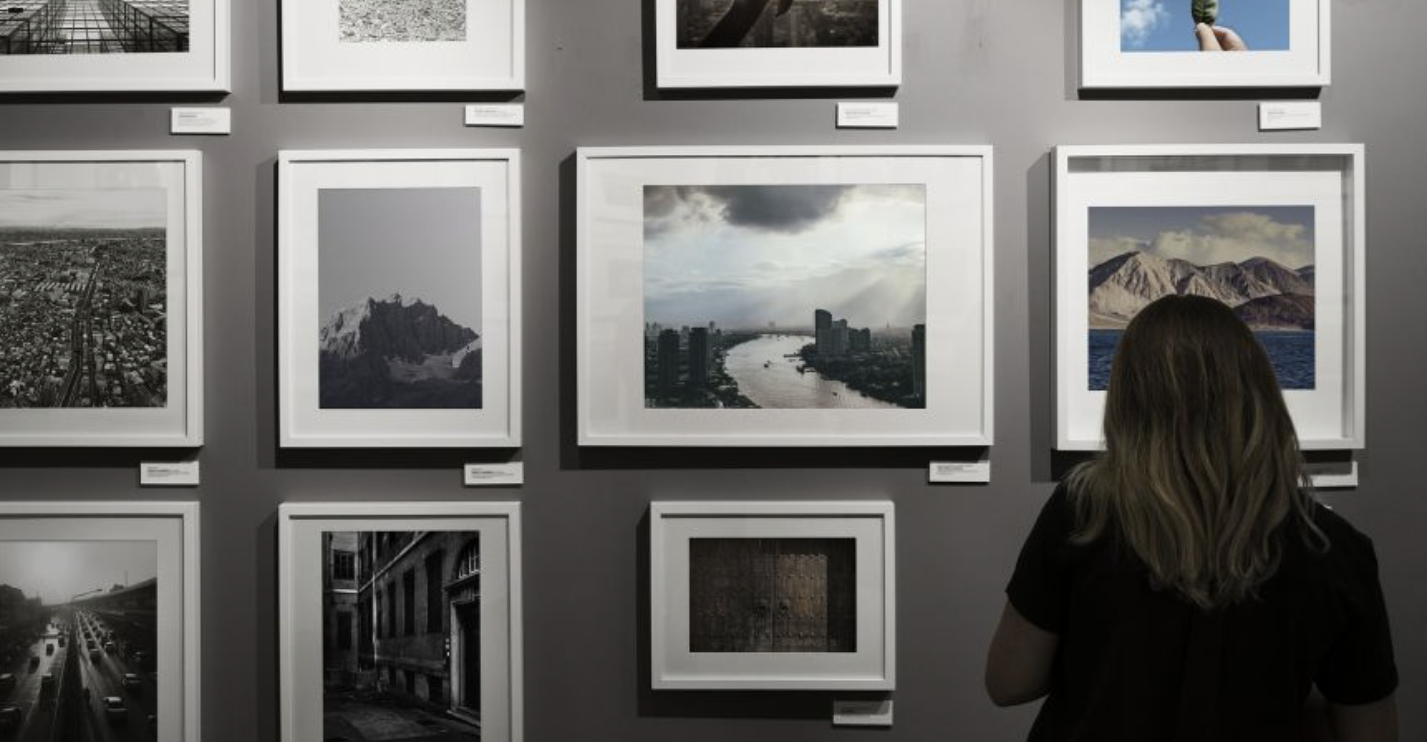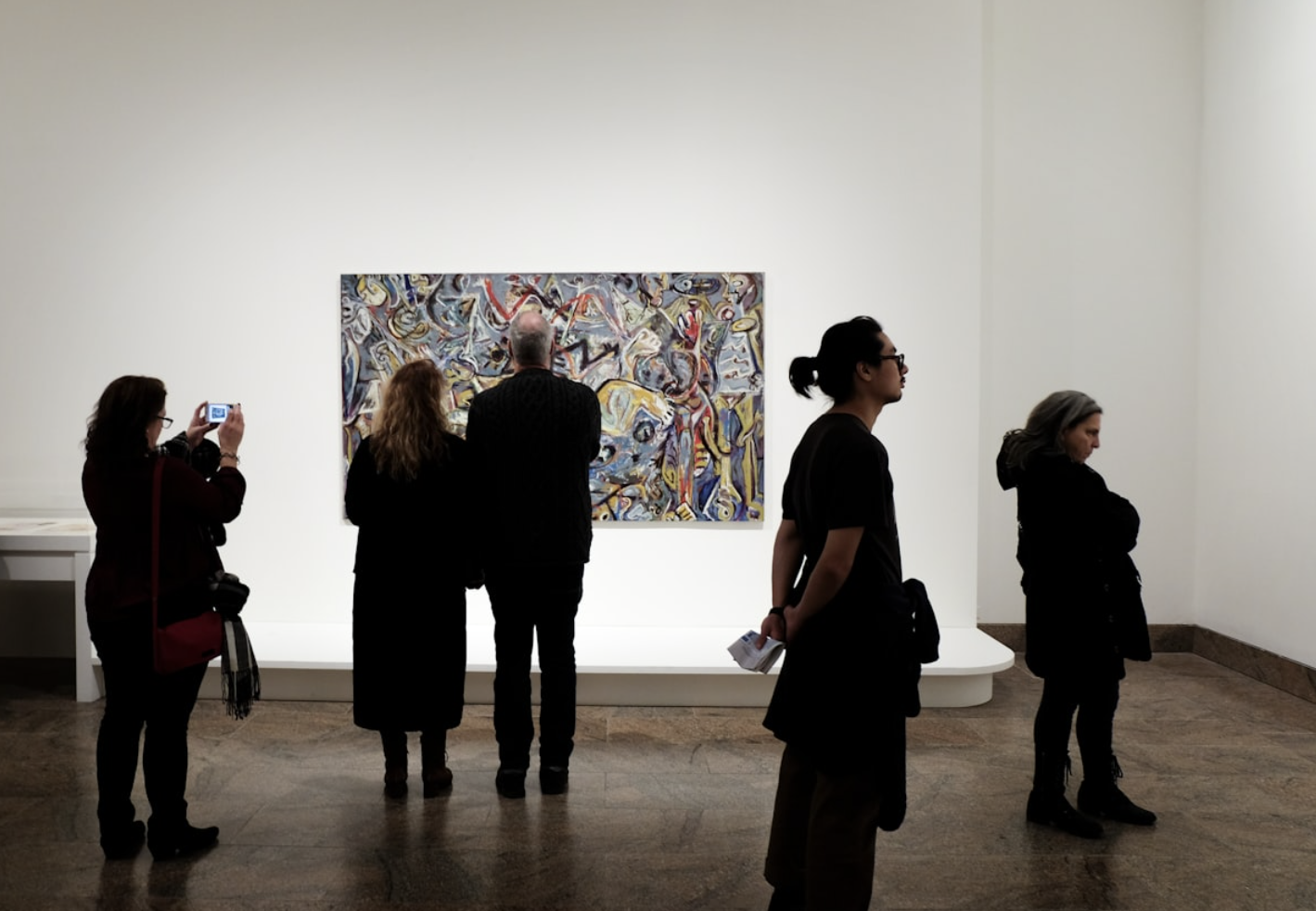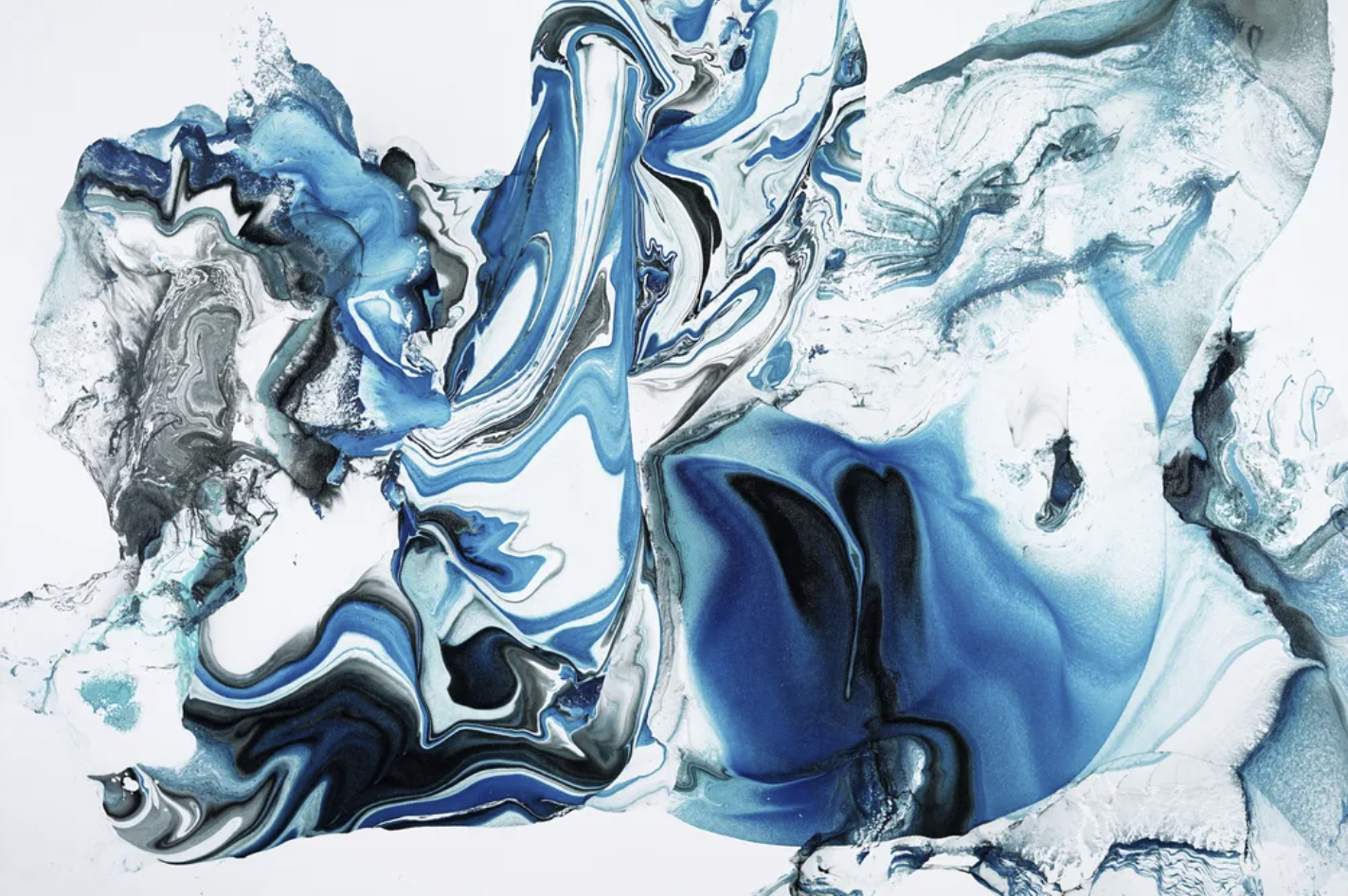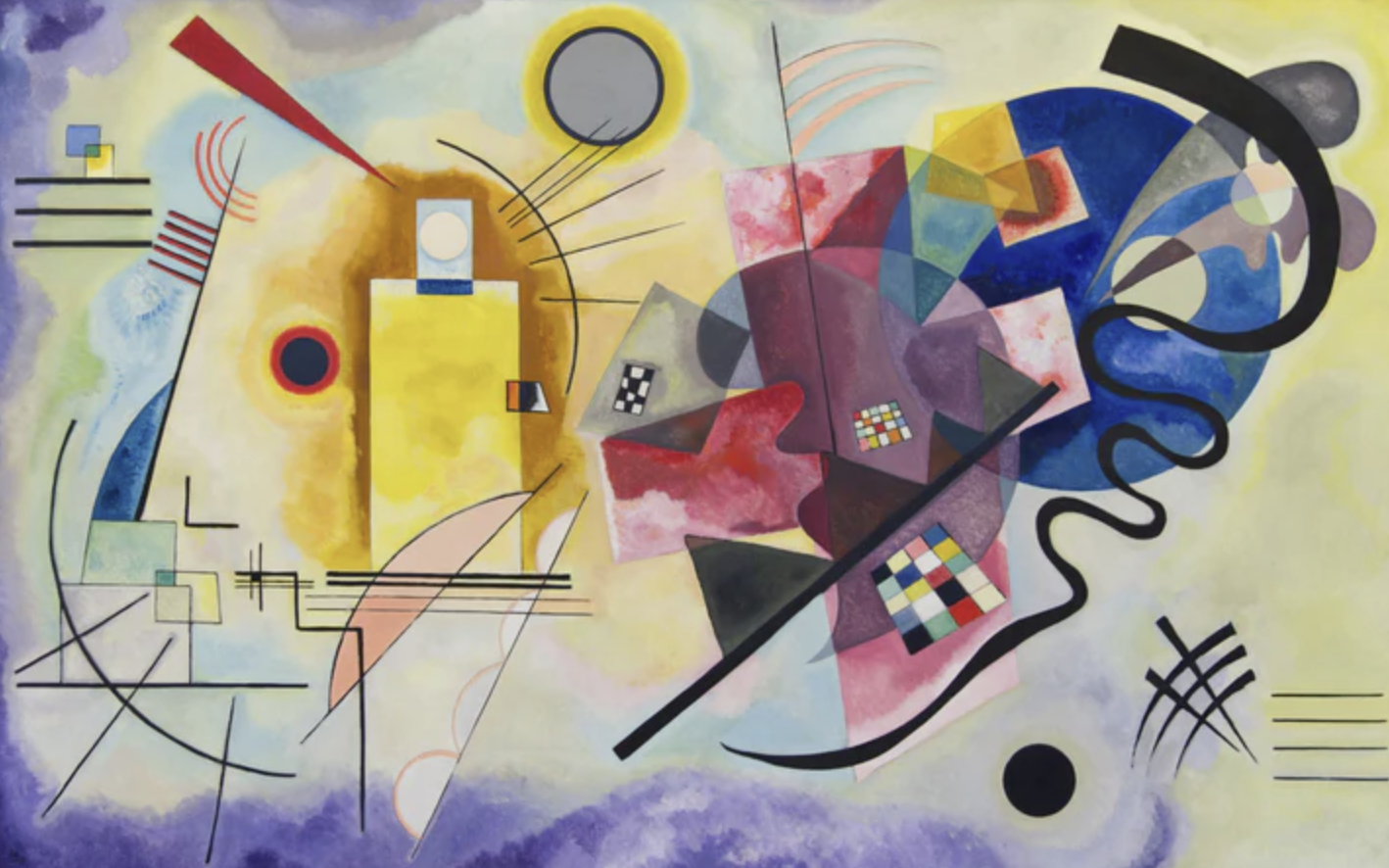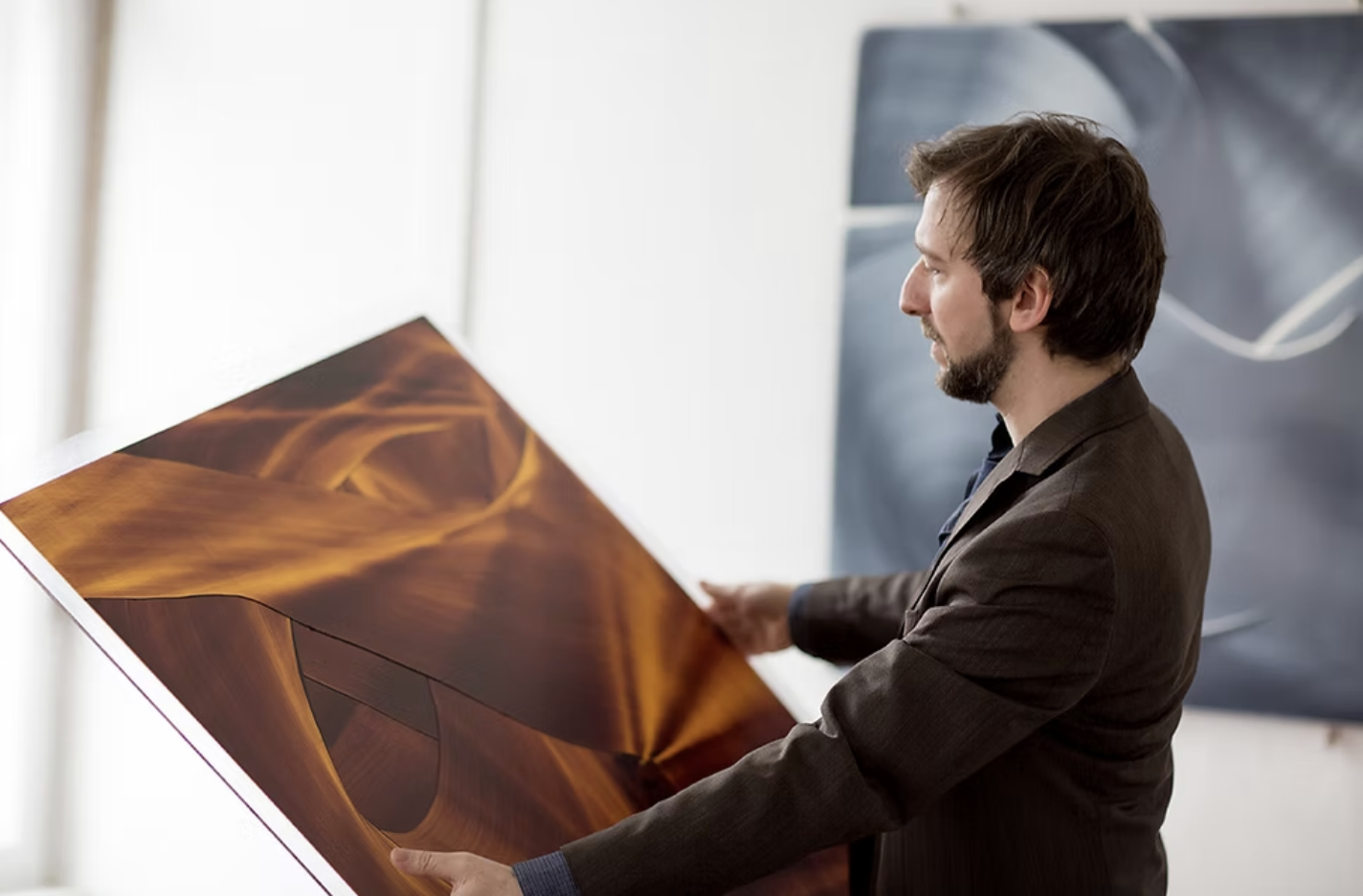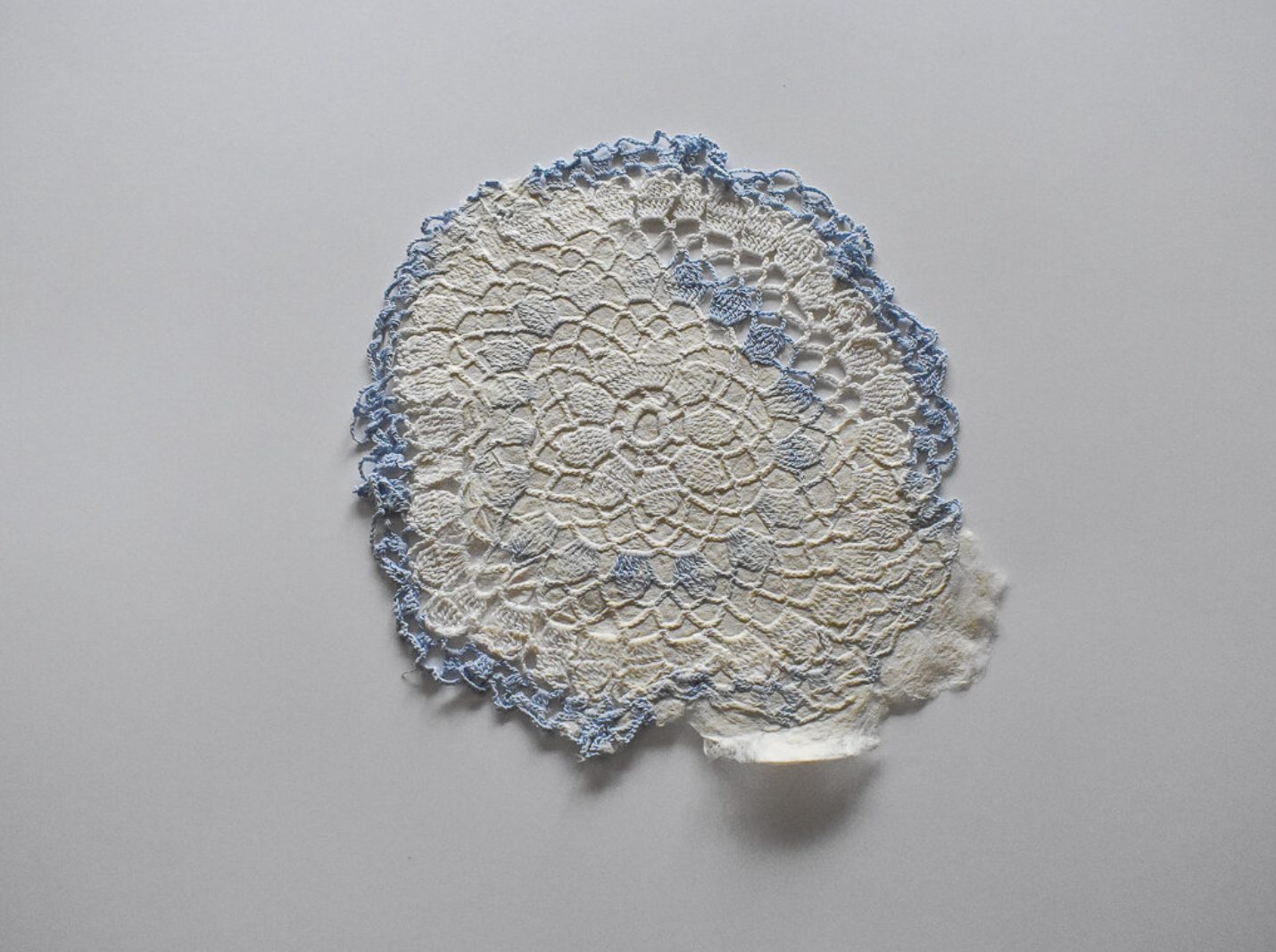
Art forgery has captivated the public’s imagination for decades, with some forgers becoming as infamous as the artists they impersonated. Whether driven by money, ego, or a desire for fame, these individuals have left a lasting mark on the world of art. Here’s a closer look at three of the most well-known art forgers in history.
Wolfgang Beltracchi: The Mastermind Behind Millions in Fake Art
Wolfgang Beltracchi, born in Germany in 1951, is one of the most infamous art forgers of the modern era. Beltracchi’s interest in art began at a young age, and by the time he was 14, he was already producing near-perfect forgeries of Picasso’s work. Unlike many forgers who copy existing pieces, Beltracchi created original works in the style of famous artists, imagining what they might have painted had they lived longer or painted different subjects. His wife, Hélène Beltracchi, helped with the historical research, ensuring that every material used in the forgeries was consistent with the time period of the original artist’s work.
Beltracchi’s most famous mistake came when he used titanium white paint in a piece called Red Painting with Horses—a color that wasn’t available when the original artist would have painted it. His forgeries, which sold for over $46 million, eventually caught up with him, and in 2011, he was sentenced to six years in prison for counterfeiting. Despite the conviction, it is believed he created well over 300 forgeries during his criminal career.
Guy Ribes: France’s Master Forger
Guy Ribes is considered one of France’s most notorious art forgers. His work in the mid-1970s included forging pieces by artists such as Matisse, Renoir, and Modigliani. Ribes was a skilled painter, but rather than seeking fame through his own art, he used his talent to mimic the styles of legendary painters. By using period-specific materials and paints, he created convincing fakes that were sold by an organized crime ring as genuine pieces.
Ribes was finally caught in 2005, and after a trial in 2010, he was sentenced to three years in prison, two of which were suspended. Despite his criminal history, Ribes eventually returned to creating art and has exhibited his works in various venues.
Fernand Legros: The Greatest Art Forger of the 20th Century
Fernand Legros, born in 1931, is often regarded as the most flamboyant and greatest art forger of the second half of the 20th century. Born in Egypt and raised in France, Legros was an art dealer with a knack for forging signatures. He forged works by renowned artists like Modigliani, and with the help of fellow forger Elmyr de Hory, he sold these fakes to unsuspecting buyers around the world. Legros is said to have sold around 44 forged paintings to the Texas oilman Algur H. Meadows for more than $2 million.
In 1967, after these forgeries were discovered, Legros went into hiding. He was eventually caught in 1973 and sentenced to two years in prison for his involvement in the fraudulent art sales. Interestingly, Legros was not only known for his forgeries but also for his brief acting career in French cinema during the late 1970s.
Other Notable Art Forgers
Han van Meegeren
A Dutch artist who specialized in forging works by Johannes Vermeer, Han van Meegeren is another name that has gone down in infamy. He fooled art experts and high-ranking Nazi officials with his Vermeer forgeries. After World War II, van Meegeren was arrested for selling Dutch cultural property to the Nazis, though he was convicted only of art forgery. His forgeries are estimated to have sold for over $30 million in today’s money.
Yves Chaudron
Though his existence is shrouded in mystery, Yves Chaudron is linked to one of the most famous art thefts in history: the 1911 theft of the Mona Lisa. Chaudron, a forger, was hired to create six copies of the painting, which were sold in the United States. The original Mona Lisa was returned to the Louvre in 1913.
David Stein
Known by his birth name Henri Abel Abraham Haddad, David Stein was a French forger who spent much of his life evading the law. He created remarkable copies of works by Picasso, Matisse, Chagall, and others. Some of his forgeries were even exhibited at the Museum of Modern Art in New York, showing just how convincing his counterfeits were.
Conclusion
Art forgers have long been a fascinating part of the art world, blending creativity with deception to fool collectors and experts alike. From Beltracchi’s meticulous forgeries to Ribes’ criminal network and Legros’ flamboyant persona, these forgers have left a trail of masterpieces that continue to intrigue and captivate. Whether driven by financial gain or the thrill of the con, the legacy of these art forgers serves as a reminder of the power of art and the lengths some will go to replicate it.



